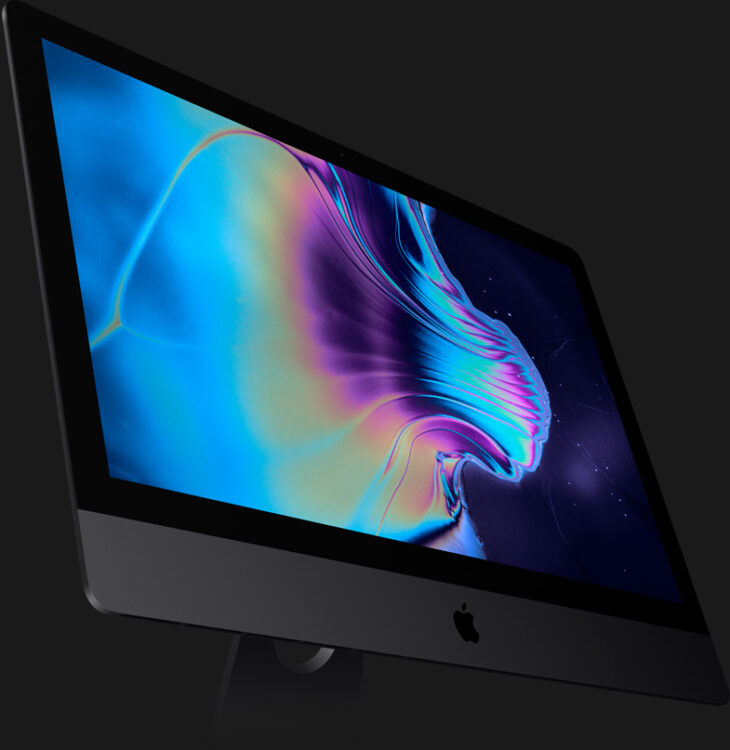One of the biggest developments in technology in the past 100 years was the introduction of the internet. The internet allowed information to be transmitted on a scale never seen before. It changed the world in deep and profound ways. It made the world smaller by easing communication across borders. It made the world more informed by allowing anyone access to a treasure trove of information and cultural artifacts preserved in a digital format.
However, the internet still hasn’t finished changing. Many new developments for the internet are in the pipeline. Some of them could create even more profound changes for the lives of people even more significant than the ones we have already experienced. Here is an overview of just a few of them.
Driverless Vehicles
In the future, the role of the internet in travel for ordinary citizens will take on profound importance. The age of driverless vehicles will be here shortly. For example, Audi is introducing a driverless car in 2020. While human beings were and still primarily are the navigators of automobiles, in the future, cars will be navigated completely by computer. The internet will play a huge role in this navigation by plotting out travel routes, detecting danger ahead on the road, communicating with other vehicles and more. Without the use of wireless internet, these automated navigation systems would not function.
Cars may also become internet connectivity devices in other ways. Since people will not have to drive the car, they may spend their time consuming entertainment and using the net. While people can already do this with their phones, the cars of the future will come with monitors and entertainment systems with internet connectivity to keep passengers occupied while on their journey.
Remote Medical Monitoring
The internet will also have a profound effect on healthcare as well. A good deal of this change will be brought about by the introduction of more remote medical monitoring. Currently, many patients with chronic conditions must live in nursing homes because they require constant monitoring by medical professionals. Face the Facts USA states that 1.3 million Americans currently live in nursing homes. That comes at a significant cost of $83,000 per patient.
This puts a significant financial strain on the healthcare system. It also limits the independence of patients. However, with medical monitoring devices worn by patients that can keep close tabs on a patient’s health status and transmit that information to medical professionals via wireless internet connections, there may be much less need for as many people to live in nursing homes in the near future.
A Worldwide Internet Connection
Statistics state that only 49.6 percent of the population of Earth has access to the internet. While some of this can be explained by poverty, a good deal of that disparity is due to the fact that internet infrastructure still does not exist in many corners of the world. Some of these places are too remote for high speed internet to reach by cable or even via phone lines.
There is a solution, however, and it is to provide that internet access from space. One device that can accomplish this is VSAT, short for Very Small Aperture Terminal. This technology has the ability to transmit and receive internet connections from satellites in space with the use of a miniature telecommunication Earth station.
More Immersive Virtual Reality
While once the thing of science fiction programs like Star Trek, virtual reality platforms were introduced to consumers recently. In the future, it’s likely that virtual reality will become so advanced that it will change the internet experience completely. People won’t simply experience the internet on a screen. They’ll live it in all three dimensions.
The internet has been one of the greatest and most significant inventions in the history of man. However, the possibilities of the internet have not yet all been realized. The future for new internet technology is certainly an exciting one.


